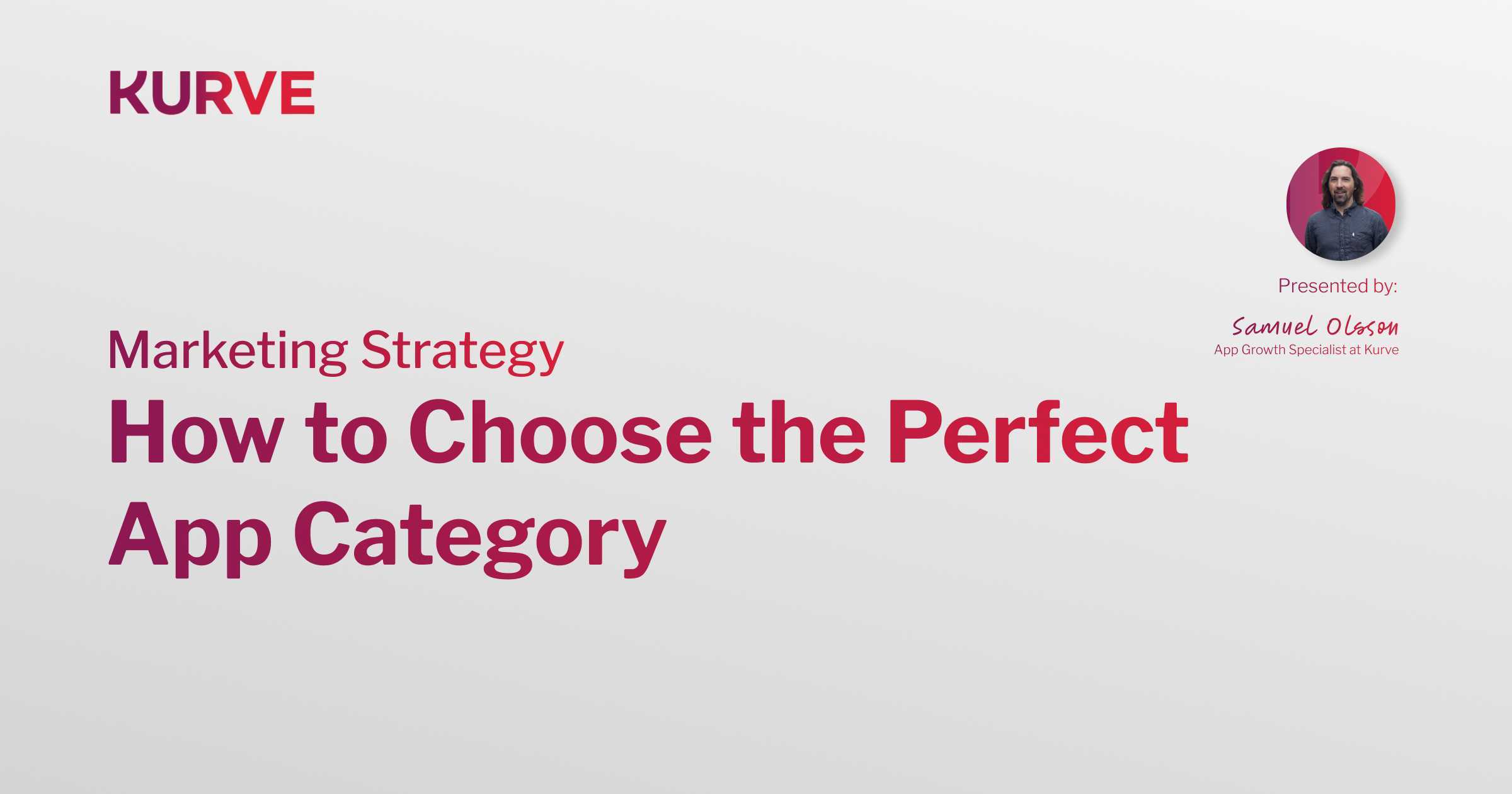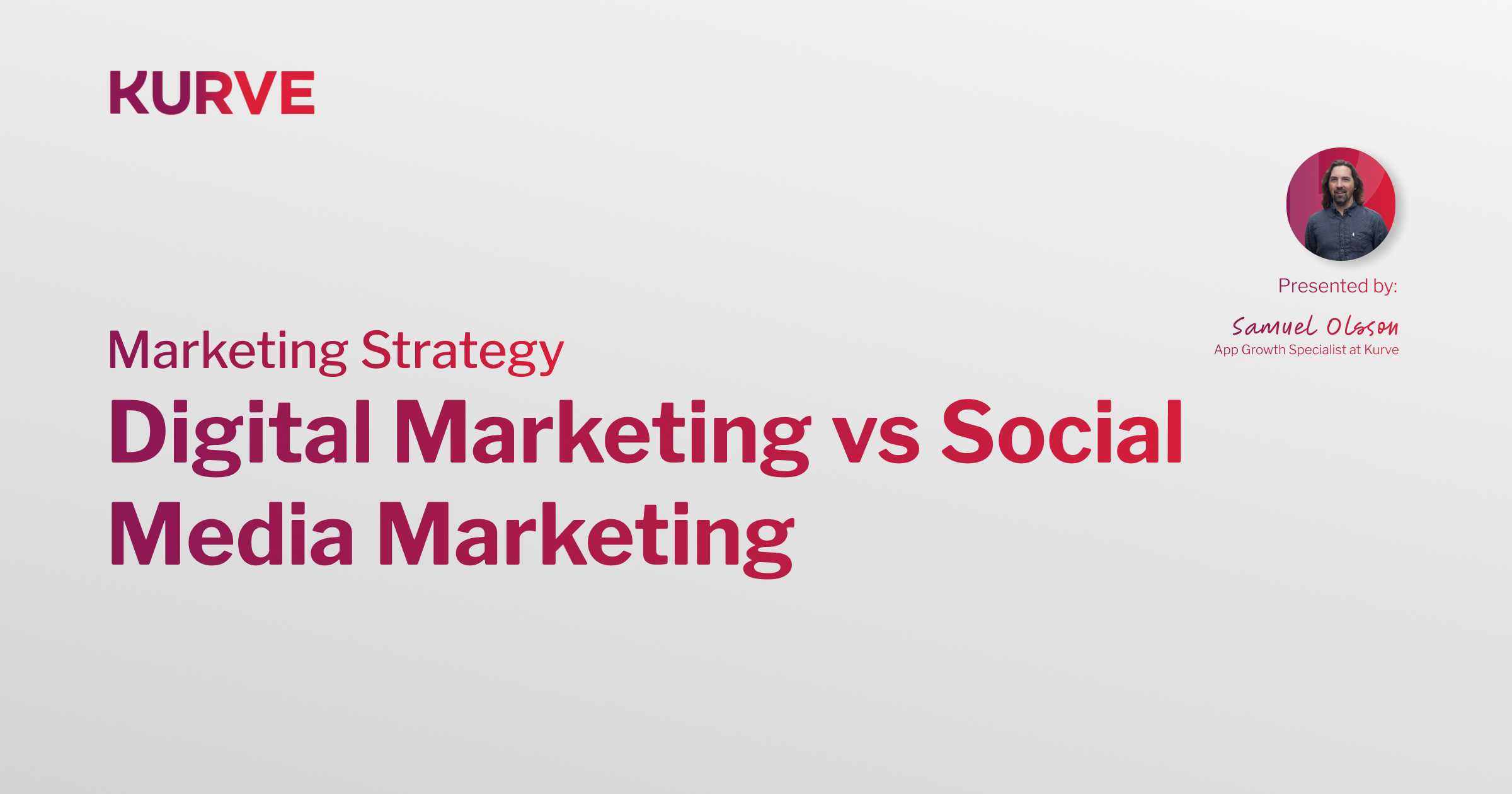What is the best source of lead generation?
Leads are potential customers that indicate an interest in a product or service, and these leads are generated through various marketing channels, such as paid advertising, SEO, social media, and email marketing, to name a few. But not all channels are created equal. Lead source effectiveness is a vital metric in any campaign, and to ensure the best bang for their buck, businesses need to analyse each lead generation channel's performance.
To identify the best source of lead generation, we’ll look at the difference between a lead source and lead generation method, why lead sources are so important, and take a look at some of the most common lead sources marketers can use to drive growth.
Lead sources vs lead generation methods
A lead source is a place, destination, or piece of content (think email) that provides you with a lead — it's a part of an overall strategy and is considered the origin of a customer's journey. Lead generation methods, in contrast, consider communication post-connection. Think of them as the nurturing stage, consisting of follow-up phone calls, face-to-face meetings and social conversations that convert leads into customers. Both are essential components of a successful lead strategy.
Learning how to read and interpret lead sources helps establish why and how audience members discover services. And, by identifying the most valuable leads sources, we're able to focus resources on those that produce the most qualified leads, lowering costs and increasing ROI. As a result, marketing teams can enhance the client experience and buyer journey by using specialised content and interactions, shortening the sales conversion process.
What is the best source of lead generation?
Determining the best source of lead generation is no mean feat, considering the amount of variables in play. And frankly, with dozens of lead sources available to marketing teams, each with its strengths and weaknesses, there’s no one answer that fits all. Some of the most common sources include:
Digital
Digital lead sources have the advantage that they can be tracked and measured electronically. They provide an immediate way to quantify lead generation activity, making it easy to determine which channels are most effective. And, they're easily integrated into lead management and nurturing processes, making the lead qualification and conversion process more efficient.
Organic search
Organic search is one of the most cost-efficient lead sources available, and consists of optimising websites with persona-focused content - content targeted at an audience defined by validated commonalities - to gain an advantage in search engine results pages (SERP). Ensure that web-based content like blogs contains valuable and relevant information and that pages use high-ranking keywords. Optimising websites and their structure to meet search engine preferences (Google Quality Score) will help raise SERP placements and generate more leads, too.
Paid ads
Paid digital ads, such as Google search and display ads, are advertisements businesses place on other websites and search engines to generate leads. Paid ads are a great way to increase brand awareness, and companies can expect an uptick in visitors almost immediately. Paid ads require considerable maintenance to ensure they remain efficient. However, with high-quality content and an understanding of their extensive targeting controls, paid ads can provide one of the most significant ROI of all lead sources.
Social media
Social media ads are placed on selected social media platforms to generate leads. There are two types of social media ads, organic and paid. Unlike organic social media posts, paid social media ads use advanced tools, like Facebook's ad platform, to target specific audiences. They can rapidly increase engagement. While social media ads require continual refinement, they offer flexibility for creatives, and targeting, making them extremely attractive to SaaS and eCommerce businesses. Tracking engagement and the overall reach of each social channel is simple, allowing greater control of the bottom-line impact.
Backlinks
Backlinks are hyperlinks from other websites that lead back to your site. The quality and quantity of backlinks directly affects your website's rank on search engine results pages (SERPs). And, like organic search, the higher your website ranking, the more likely you are to generate leads from potential customers searching on Google, Yahoo, or Bing.
There are several ways to acquire backlinks, but creating high-quality content that other websites want to share is the most effective.
Email marketing
Email marketing is a type of direct marketing that uses email to promote products or services, and it's one of the most effective lead generation tools available. In fact, according to a study by the Direct Marketing Association, email marketing generates an ROI of 4,300%.
Emails are readily available, facilitating targeting at a large scale. However, mass emailing has come under more scrutiny since the introduction of the Global Data and Protection Act (GDPA). Instead, use emails as a form of account-based marketing, personalising them for the most-qualified leads ensuring high conversion rates.

Non-digital
Several highly effective lead sources date back long before WiFi and high-speed Internet. While they're much harder to track, offline interactions can produce high-quality leads, and often combine lead source and lead generation methods, making them extremely efficient.
Referral and word of mouth
Referred leads are often more qualified and have a higher chance of converting into customers because they're already exposed to positive messages of your brand. Furthermore, referrals are less expensive to acquire than other types of leads, making them an attractive option for businesses looking to generate more leads without breaking the bank. There are many ways to generate referrals, but the simplest and most effective method is excellent customer service. Establishing a referral programme can incentivise customers to refer their friends for small rewards.
Events
Events like seminars and trade shows are excellent platforms for merging online and offline connections. Not only do events provide a valuable opportunity to network with potential customers, but they also offer businesses the chance to collect additional lead information in a more personal setting. In order to make the most of events, companies should ensure their sales team is prepared to engage potential leads and have a system in place to follow up with those who expressed interest.
Direct mail
Direct mail is advertising where businesses send physical letters, postcards, or other materials to potential customers. Compared to other methods of lead generation, such as online ads or email marketing, direct mail is less targeted but can be considered more personal. Additionally, because direct mail relies on physical materials that recipients can touch and feel, it often has a higher perceived value than other forms of advertising. This can make potential customers more likely to respond to direct mail campaigns, thus lowering the cost per acquisition.
Media coverage
Media coverage is any publicity a company or individual receives from the news media. This can include articles, interviews, external blog posts, and even social media mentions. While there are no guarantees that media coverage will generate more leads, it can be an extremely effective way to increase brand awareness and attract new customers. Media coverage can also help establish a company as an industry authority, which often results in more qualified leads in the future.
Sponsorship
Sponsorships are a form of marketing where an organisation provides financial or support to a third party in exchange for promotional exposure. Sponsorships can be an extremely effective lead generation source, but they can also prove costly. Marketing teams must maximise exposure during a sponsorship campaign, supporting it with other lead generation material like landing pages, referrals and media coverage. Always evaluate the sponsored event or organisation — public image matters, and the wrong choice could result in dire consequences.
Bonus: Influencers
As the digital world evolves, so do lead generation sources. Online influencers have become a powerhouse in lead generation. There are three main types of influencer, micro, macro, and celebrities. These internet icons use their online activity and extensive social media following to influence brand awareness and purchasing decisions, often through recommendations.
Micro and macro influencers are more common in B2B marketing than celebrities. Micro influencers are comparable to active everyday users and have much lower follower counts, but usually see higher engagement rates. Macro influencers on the other hand tend to have up to 1million followers, and are recognised as specialists in their field who take their expertise on social media.
While this lead source is relatively new, it has proven highly effective, with 93% of marketers now using influencers as part of their outreach campaigns.

Accelerating your lead generation
Lead generation sources dictate campaign effectiveness and affect the bottom line. That makes it essential to monitor and evaluate source performance and identify where potential customers are coming from. This information helps marketers refine their tactics and is invaluable when deciding which lead generation methods will most effectively convert leads into customers.
The caveat? Selecting a suitable lead generation source isn't always so simple. What works for one company might not work for another, and what's effective today may not be tomorrow. By continuously experimenting with different lead sources and focusing on the most effective, marketers can maximise their chances of generating more leads and driving sales.
If your business is looking to expand, we can help. Our team of consultants and specialists create lead generation plans that drive sales and consider how your customers think. Let's kick start your growth with a conversation.


